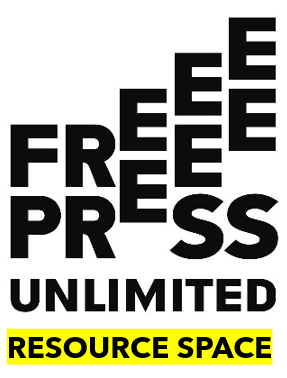Introduction
The enabling environment for the media is an evolving concept that should be understood as one that discusses the material, political, legal and economic conditions and components that need to be in place for media to be free, independent and viable. A broad analysis also comprises journalistic talent, business models, understanding of audiences and structural inequalities and biases within the media landscape. Many of these issue are covered in the resource guides on media viability, safety, gender equality and accountability that can be found on this Free Press Unlimited Resource Space.
The legal enabling environment comprises national regulatory frameworks and media and information laws and legislation. These laws and regulatory frameworks derive their legitimacy from international obligations and treaties, constitutions, statutory or case law.
The political enabling environment is shaped by the attitudes and behaviour of political actors (in its broadest sense) and of audiences towards the new media, journalism and journalists. This is well covered in the publication Independent journalism in contexts of shrinking civic space, edited by Tim Schoot Uiterkamp as well as in the Media Fostering Accountability and Safety of Journalists resource spaces.
Finally, the economic enabling environment is concerned with larger macro-economic determinants such as GDP and purchasing power of news consumers, the climate for investment and innovation as well as the market conditions for free and independent media. These three spheres necessarily spill over into each other and in terms of media viability, this is becoming more and more clear as governments around the world try to find an answer to the dominant market position of and distortion by tech giants.
